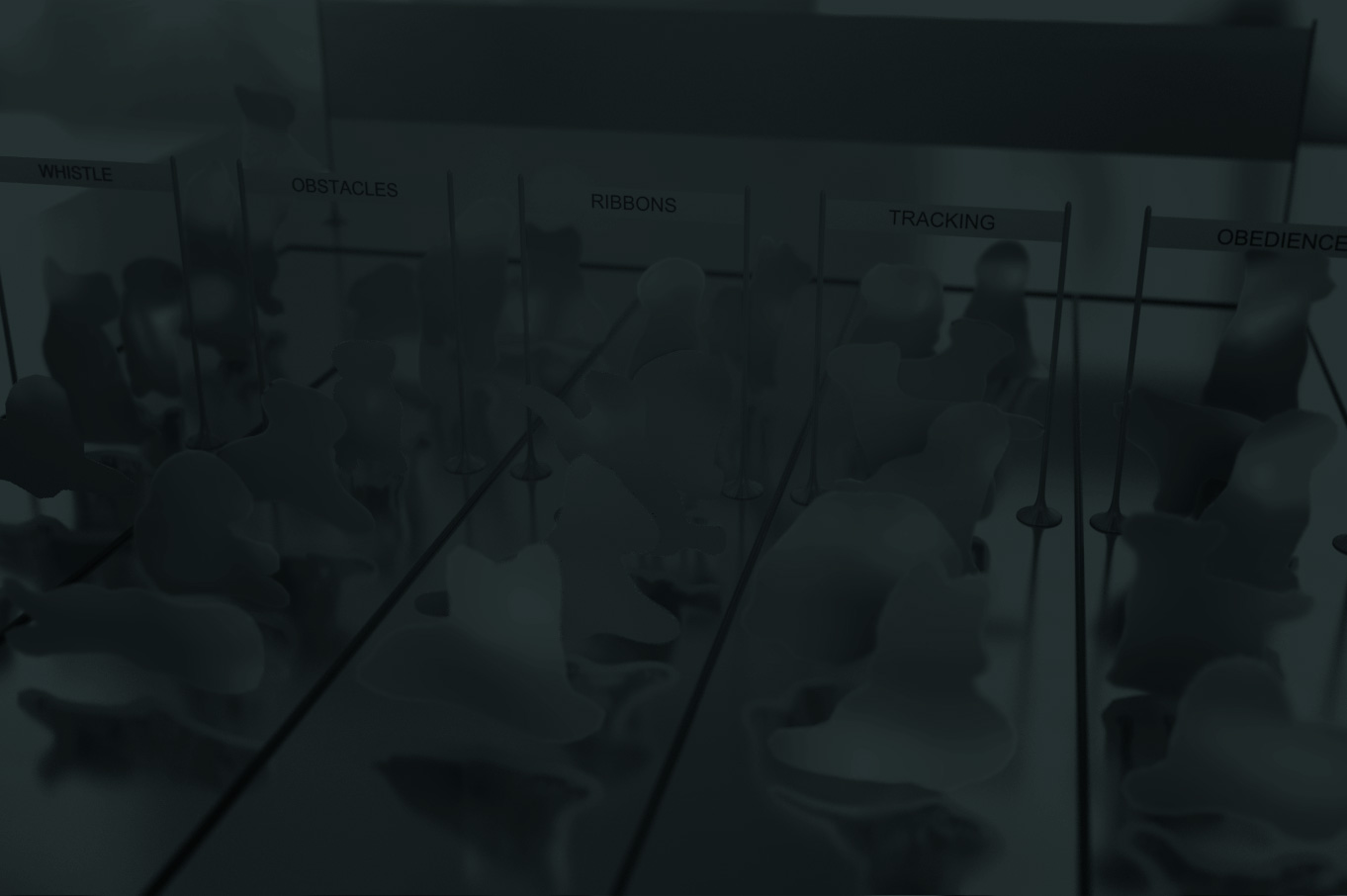You Complete Me
Each series of numbers on the left matches up one series of numbers on the right. (A couple of these are shorter than the rest, allowing solvers to match them and study them without understanding how the puzzle works.) All numbers in each series on the left are squares; all numbers in each series on the right are even. When every series on the left has been correctly matched to a series on the right, the numbers in each series can be paired off.
Taking each pair as coefficents for the x-squared and x terms of a polynomial produces a polynomial to which completing the square can be applied by adding a number; for instance, the 9 and the 6 pair formed from the start of the four-number series form the polynomial 9x^2 +6x, and adding a 1 to complete the square yields 9x^2 + 6x + 1, which is the square of 3x + 1. As a result of this, an additional series of numbers can be derived which corresponds to the non-coefficient term in each of the polynomials which is squared. These numbers are all below 26 and can be converted to letters using the standard A=1, B=2, etc. assignment.
Making the conversion to letters described above yields the following sets of letters (in order of the series on the left used to produce it):
AADRRV DEKLLN ADIS EKMNOR ACELRT CELPY EOPRR
Each set of letters can have one more letter added and be rearranged to "complete the square" once more:
(H)ARVARD KEND(A)LL DA(V)IS K(E)NMORE CE(N)TRAL C(O)PLEY POR(T)ER
The solution is HAVE NOT.

